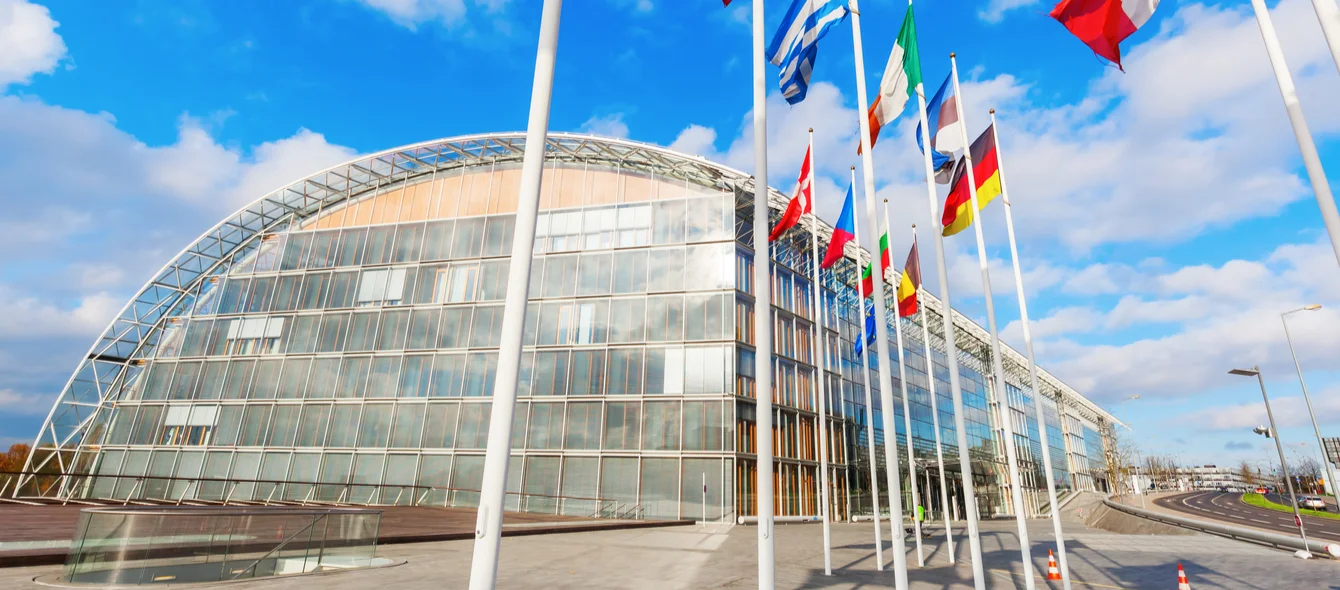The European Green Deal is a milestone on the way to achieving the climate goals of the Paris Agreement. In this series, we take a look at some of its key elements relating to the energy sector, the European Climate Law, the Investment Plan, the Industrial Strategy and the Circular Economy Action Plan.
This part of the Green Deal is all about investment and it is not short on ambition, aiming to mobilise at least €1 trillion in sustainable investments over the next decade.
The money is to be raised through the EU budget and associated instruments, in particular a programme called InvestEU, which will be led by the European Investment Bank (EIB). This will run from 2021-2027, bringing under one roof all the financial instruments the EU currently has for supporting investment. It will focus on four key areas: sustainable infrastructure; innovation and digitalisation; small and medium-sized businesses; and social investment and skills. The aim is to support small and large projects alike.
Funds will come from a variety of sources — the EU budget itself, from the EU Emissions Trading Scheme and from national co-financing structural funds. The EIB itself has announced a plan to mobilise at least €1 trillion over the next decade for sustainable investment, of which a quarter will come via the European Green Deal Investment Plan.
Enabling framework
In addition to increasing the amount of money available for the energy transition, the Investment Plan will create an enabling framework for private investors and the public sector to make sustainable investments. It will also provide support for public administrations and project promoters in getting sustainable projects up and running. InvestEU will provide an EU budget guarantee, which will allow the EIB and other partners to invest in more and higher-risk projects. The provision of project funding and guarantees makes projects less risky and this should attract private capital keen to invest in new technologies and sustainable ventures.
By creating a conducive investment environment, the aim is to ‘crowd in’ private capital, for example from banks, investment and pensions funds. In total, the European Council has ringfenced 30% of the EU budget to go towards climate financing and sustainable investment.
Just Transition Mechanism
Within the Investment Plan is the Just Transition Mechanism, which, following EU leaders’ budget agreement in July, will be allocated €17.5 billion over the next budget period to support those communities most affected by the energy transition.
For example, in some regions, local economies have a high dependence on fossil fuel extraction. Of particular note are the coal and lignite mining regions of countries such as Germany, Poland, the Czech Republic and Spain. These face significant adjustment as coal use for power generation is phased out to reduce power sector emissions. In other areas, however, jobs will be created, for example in the expansion of offshore wind and solar power, or via the development of new hydrogen technologies to decarbonise the EU’s gas supplies.
The Just Transition Mechanism is there to alleviate any potential hardships caused by the energy transition, providing grants and loans primarily to coal, lignite, oil shale and peat mining areas, as well as to regions which host emissions-intensive industries.
